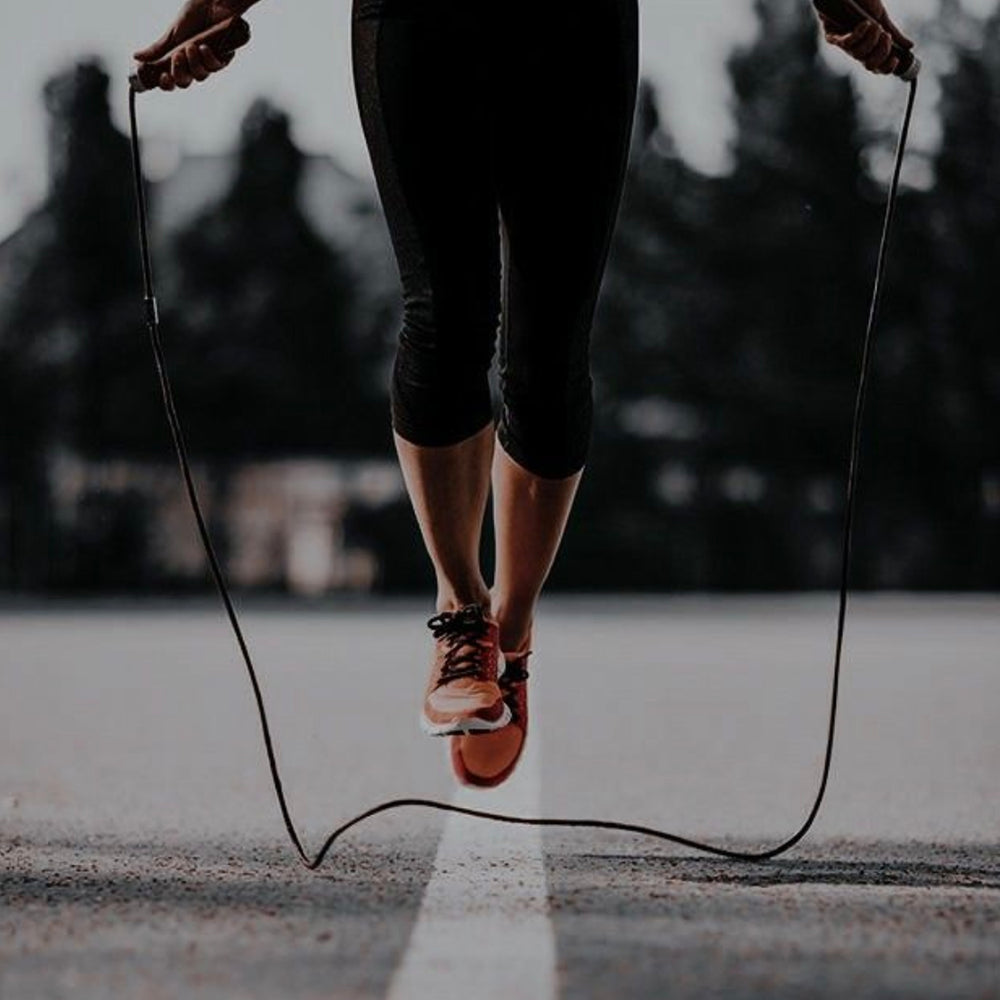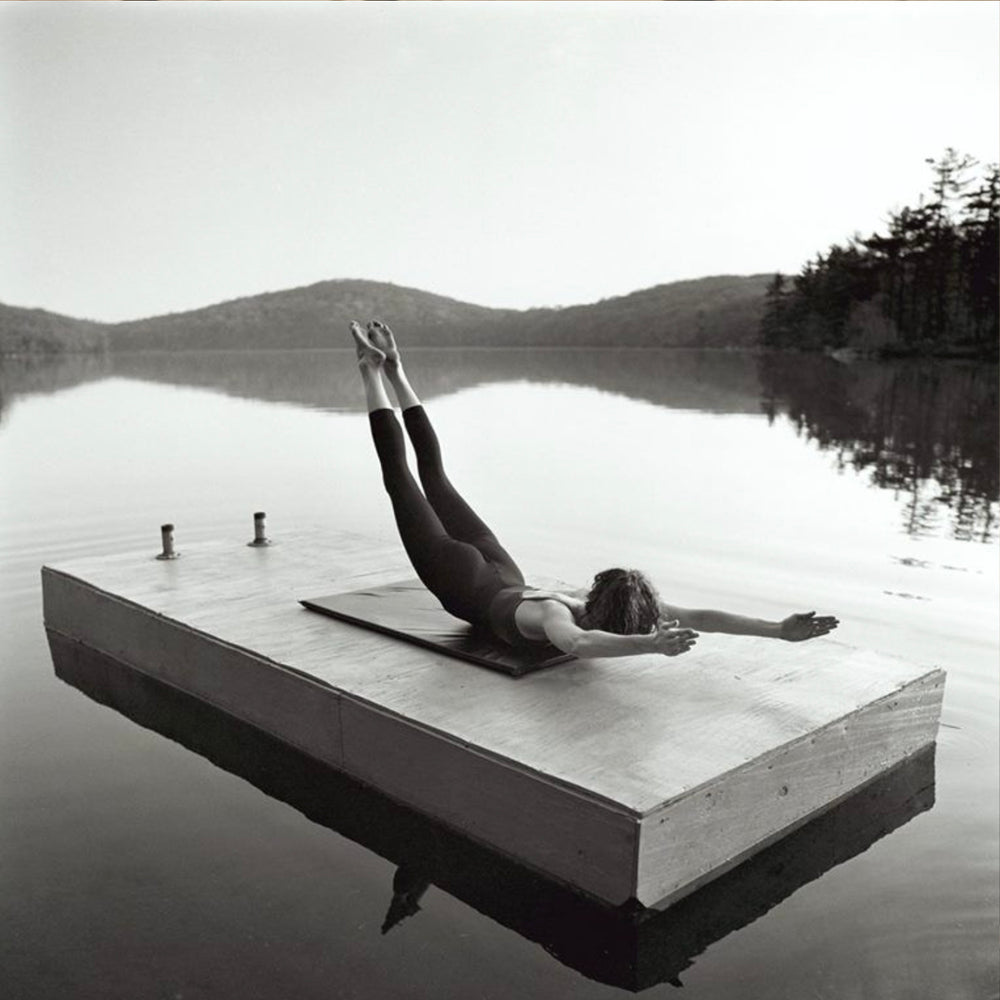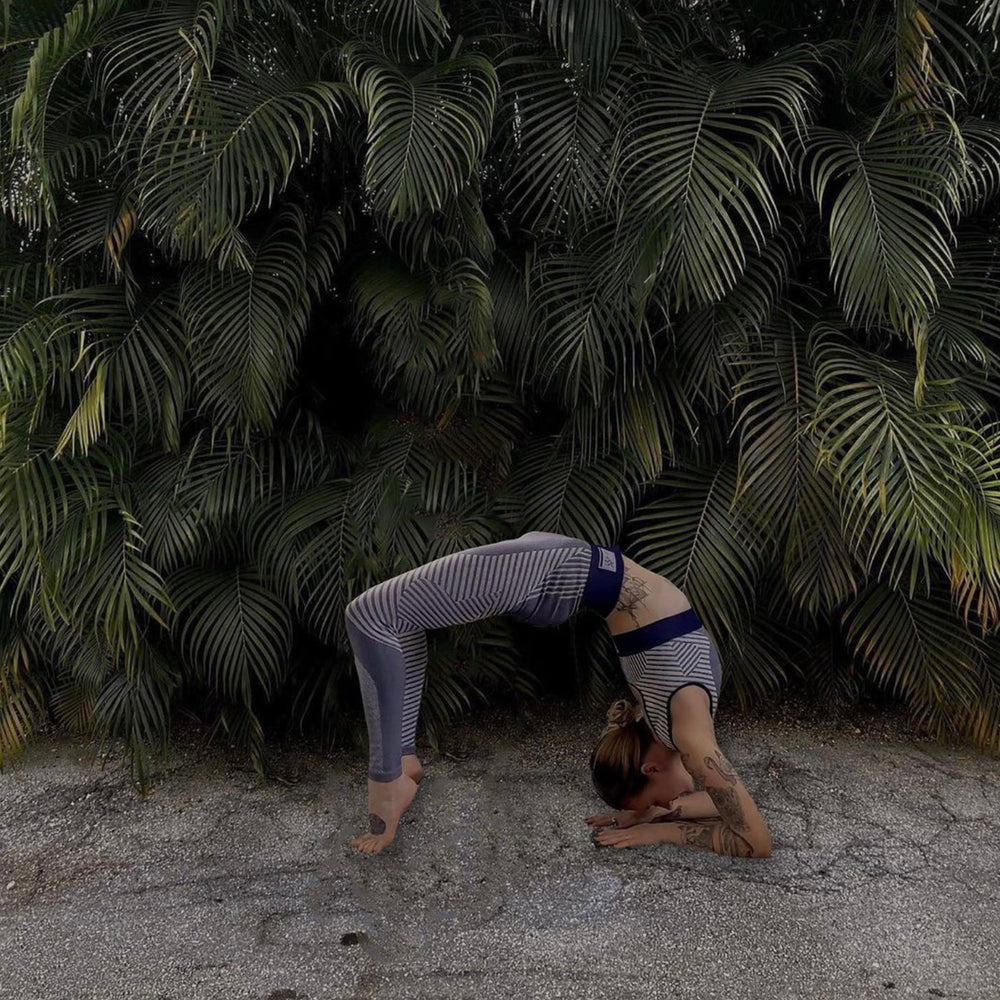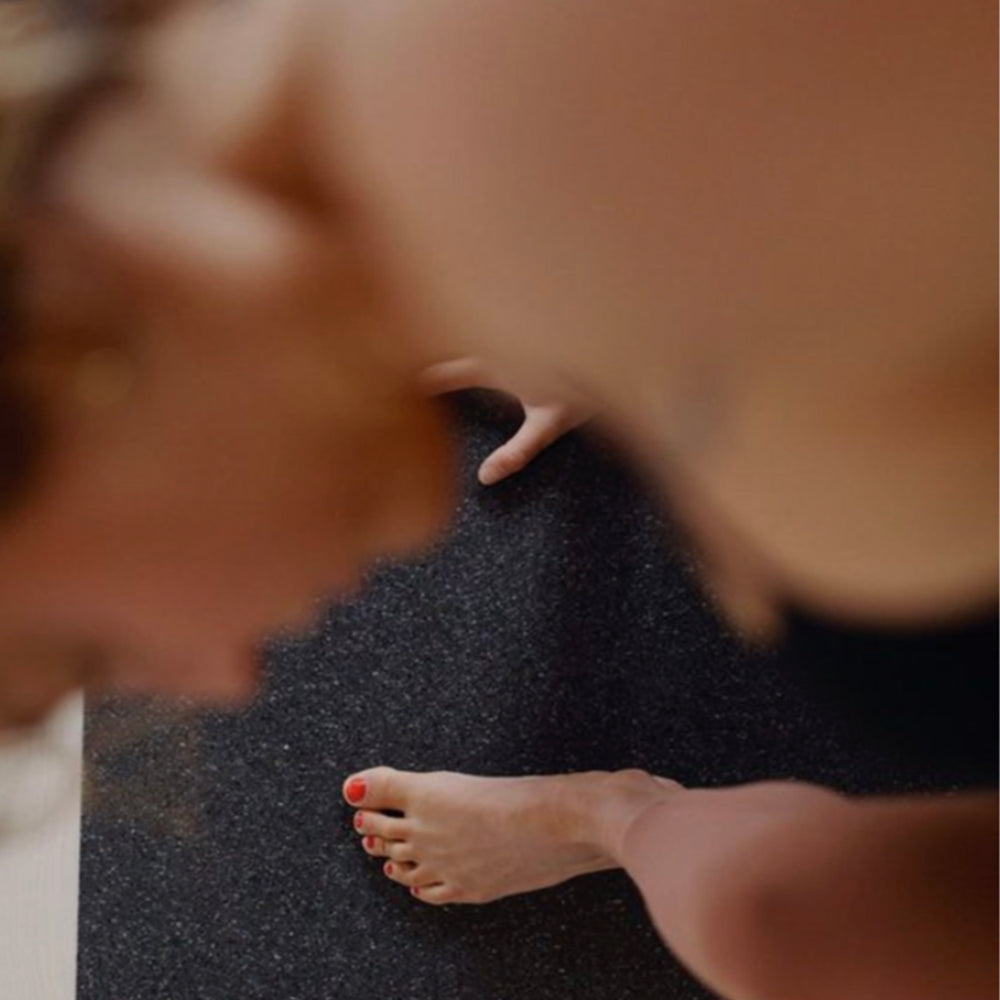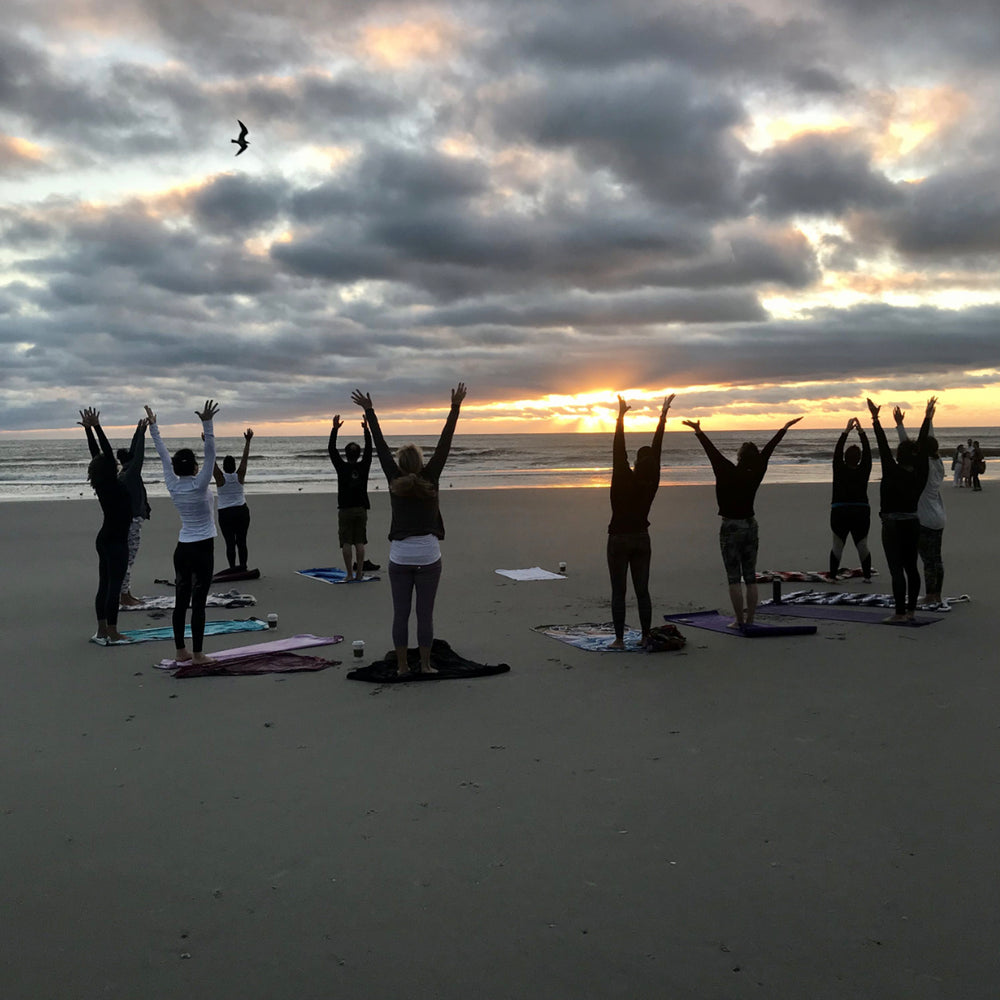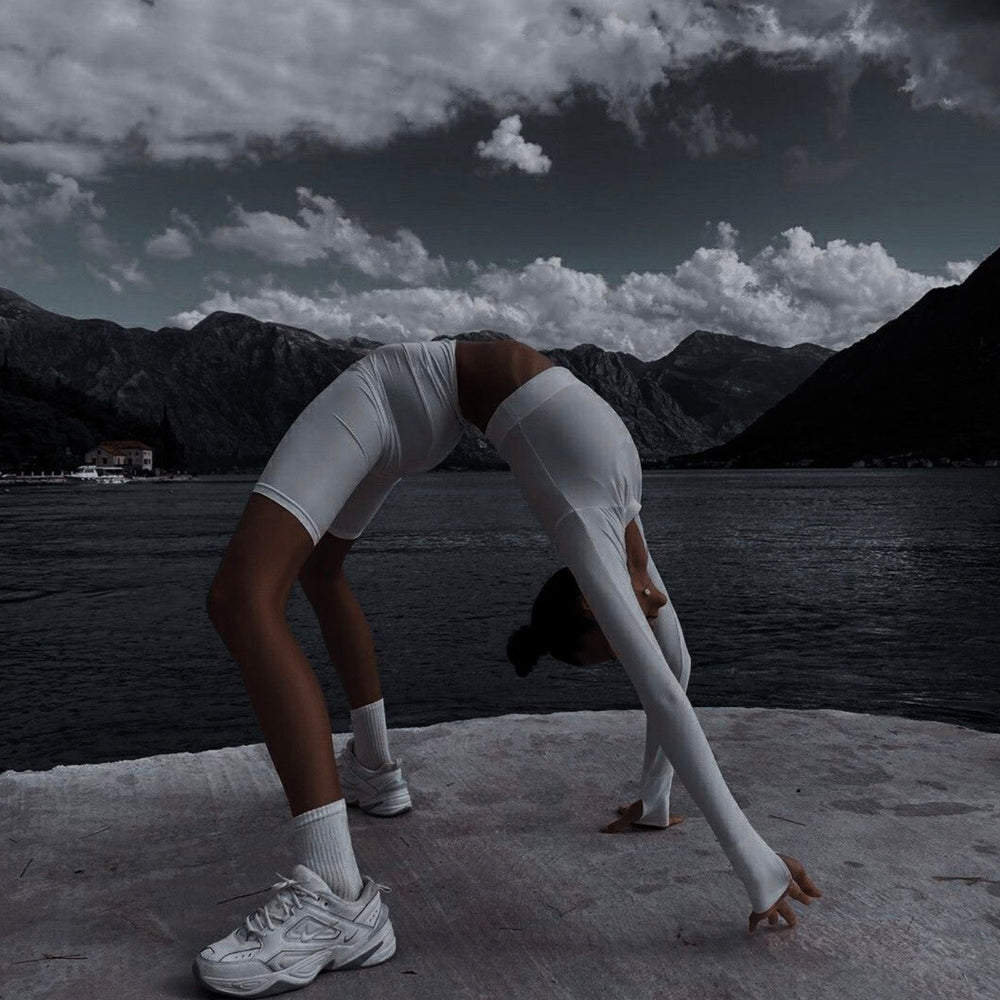 Yoga, an ancient practice with deep spiritual roots, has evolved into a popular form of exercise and stress relief, attracting millions of enthusiasts worldwide. For beginners, starting a yoga practice can be both exciting and overwhelming, given the plethora of styles, poses, and philosophies. This article serves as a guide for those embarking on their yoga journey, offering essential tips, techniques, and advice to help newcomers navigate the world of yoga with confidence and ease.
Understanding the Basics of Yoga
Yoga is more than physical exercise; it's a holistic practice that integrates the mind, body, and spirit. At its core, yoga aims to promote balance and harmony, improve physical fitness, and foster mental clarity and peace. Yoga practices include asanas (postures), pranayama (breathing techniques), and meditation, each contributing uniquely to overall well-being.
Choosing the Right Style of Yoga
With various yoga styles available, choosing one that aligns with your goals and preferences is crucial.
**Hatha Yoga**: Ideal for beginners due to its slower pace, focusing on basic postures and breath control.
**Vinyasa Yoga**: A dynamic style characterized by flowing sequences and continuous movement.
**Iyengar Yoga**: Emphasizes precision and alignment, often using props like blocks and straps.
**Bikram or Hot Yoga**: Practiced in a heated room, it's designed to increase flexibility and detoxification.
**Restorative Yoga**: A gentle practice that uses props to support the body, encouraging deep relaxation.
Essential Yoga Poses for Beginners
Familiarizing yourself with basic yoga poses is a great starting point. Here are some foundational poses:
1. Tadasana (Mountain Pose)
The foundation of all standing poses, Tadasana, teaches proper alignment and posture.
**Technique**: Stand with your feet together, arms by your sides. Evenly distribute your weight, engage your leg muscles, and lift your chest. Relax your shoulders and breathe deeply.
2. Uttanasana (Standing Forward Bend)
This pose stretches the hamstrings and back, promoting relaxation.
**Technique**: From Tadasana, exhale and hinge forward from the hips, keeping the spine long. Place your hands on the floor or your legs.
3. Balasana (Child’s Pose)
A restful pose that stretches the back and provides a sense of comfort and calm.
**Technique**: Kneel, sit back on your heels, and fold forward, extending your arms in front. Rest your forehead on the mat.
4. Adho Mukha Svanasana (Downward-Facing Dog)
A key pose in many sequences, it strengthens the arms and legs while stretching the back.
**Technique**: From a tabletop position, lift your hips up and back, forming an inverted V. Press firmly into your hands and feet.
5. Virabhadrasana (Warrior Pose)
A series of poses that strengthen and stretch the body, building stamina and concentration.
**Technique**: From a standing position, step one foot back, bend your front knee, and raise your arms. Maintain a strong, steady stance.
Starting Your Yoga Practice
Begin your yoga journey with some practical steps:
**Find the Right Environment**: Choose a quiet, comfortable space where you can practice undisturbed.
**Invest in Basic Equipment**: A good-quality yoga mat is essential. Consider props like blocks, straps, and a blanket for added support and comfort.
**Dress Comfortably**: Wear clothing that allows you to move freely but isn't too loose.
**Set Realistic Goals**: Start with short, manageable sessions and gradually increase duration and complexity.
**Stay Hydrated**: Drink water before and after your practice to stay hydrated.
The Importance of Breathing
Breathing is a vital component of yoga. Practice deep, mindful breathing to enhance your yoga experience. Techniques like diaphragmatic breathing can help you relax and deepen your practice.
Incorporating Meditation
Meditation is an integral part of yoga. Even a few minutes of seated meditation at the beginning or end of your practice can significantly impact mental clarity and stress reduction.
Attending a Yoga Class
While practicing at home is convenient, attending a yoga class can provide guidance, structure, and community. Look for beginner classes or workshops to start.
Understanding Yoga Etiquette
If attending a class, familiarize yourself with basic yoga etiquette:
**Arrive Early**: Give yourself enough time to settle in.
**Inform the Instructor**: Let your instructor know you’re new and share any health concerns.
**Respect the Space**: Keep your phone off and maintain a quiet, respectful environment.
Overcoming Common Challenges
It’s normal to face challenges as a beginner in yoga. Flexibility, strength, and balance will improve over time. Be patient with yourself and remember that yoga is a personal journey, not a competition.
Embracing Yoga as a Lifestyle
Yoga is more than just a physical practice; it's a way of life. Embracing the principles of yoga, such as mindfulness, compassion, and self-awareness, can lead to profound personal growth and well-being.
Starting a yoga practice is a journey of self-discovery and improvement. By understanding the basics, choosing the right style, and practicing regularly, beginners can reap the myriad benefits of yoga. Remember, yoga is a personal and evolving journey. Approach it with an open mind and heart, and allow your practice to grow and change with you. Welcome to the world of yoga – a path to balance, harmony, and inner peace.
|




